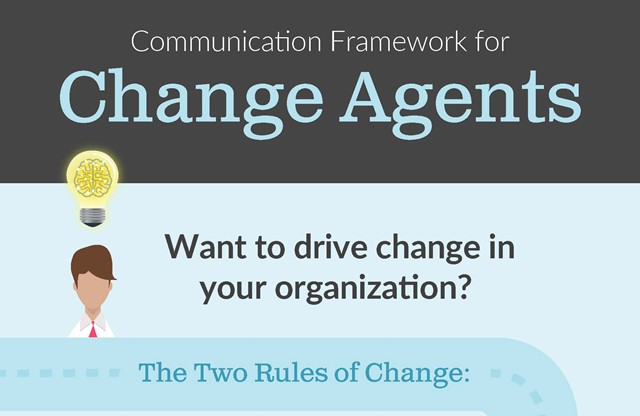It’s been a long time coming – A new way to change change!
Change is coming.
Got fear or joy? Got worry or positive anticipation?
Putting your head in the sand, or headed to the beach to relax and plan?
When you feel or fear that some form of change is coming, you have to define it in your mind as opportunity. Clear your head for “what will be” tomorrow, and not worry about “what is” today.
The way this is done is through a combination of faith and belief. These are very similar emotional attributes. And many of you reading this, have already misinterpreted them. I’m not talking about praying, I’m talking about planning.
Faith and belief in yourself.
Belief that you have the capability to withstand any circumstance and emerge both better and victorious. And faith that whatever happens or is happening, happens for some reason and that reason is to benefit you, not harm you.
The prime questions to face are:
Do you believe in yourself?
Do you have faith in yourself?
Do you believe that you can create ideas that will make you better based on present circumstance?
One key action that will help you more than any other is to collaborate rather than commiserate. Commiseration takes you backwards. You may have heard it defined as a pity party. I define it as group whining that usually results in group blaming.
- Collaboration is about tomorrow, and what can be done, and what needs to be done in order to create an amazing new outcome.
- Collaboration requires a gathering of smart people with positive attitudes and positive outlooks.
Here’s what to do:
- Make a list of your ten best attributes
- Make a list of your ten best assets.
- See how many of the same assets and attributes are on that list.
- Make a list of your ten most positive connections, acquaintances, or friends.
- Make a list of your ten most intelligent connections, acquaintances, or friends.
- See how many of the same people are on that list.
Assemble a small group of people in a very short space of time and create an agenda for discussion that you pre-send so that people have some time to think about it. It can be both about you and about it (whatever the changing circumstance is).
Have the meeting in a positive place, and have all kinds of food on the table when people get there so that the atmosphere is both bright and festive.
Have a recording device and a flip chart in the meeting so that all thoughts and ideas are captured. Before everyone leaves, list the top ten action items or ideas to be implemented, and who owns them. And then thank everyone by giving them a book on creativity (see my recommended books here), a firm handshake, a smile, a hug, and a genuine, heartfelt thank you.
The results of this meeting will not only move you forward (see my article on change forward), but will also create a mindset that will move you away from the fear, doubt, worry, and uncertainty that pending change often creates.
REALITY: There are millions of words written on change. Very few of them only look for the positive. Very few of them mention the word “opportunity,” much less “positive collaboration.”
REALITY: When a significant event is about to occur that can alter both career path and income, the more time you spend moving forward by creating ideas and taking action, the less time you will have to dwell on the circumstance and fall into the pit of self-pity.
REALITY: Rather than go to the bookstore and buy a three hundred page book on change, take these seven hundred and fifty words, put them into action, change your outlook, keep your attitude positive, create ideas, take new actions, and generate results for yourself based on future.
NOTE WELL: This is a time to inspire yourself on a daily, even hourly basis. This might include a visit to an art museum, re-reading positive passages from books in your attitude library, listening to messages that inspire your thinking and give you new resolve and even new purpose, and surrounding yourself with the love of family and the love of friends that will encourage you to move on and move up.
THE SECRET: The secret key is to take responsibility to make this happen for yourself. You cannot dwell on ‘why.’ You are responsible for yourself FIRST.
You must focus on ‘now’ and ‘next.’
You cannot dwell on ‘woe.’
You must focus on ‘win.’
Change that.
Reprinted with permission from Jeffrey H. Gitomer and Buy Gitomer.
About the Author



 Sharon Drew Morgen is founder of Morgen Facilitations, Inc. (
Sharon Drew Morgen is founder of Morgen Facilitations, Inc. ( Sharon Drew Morgen is founder of Morgen Facilitations, Inc. (
Sharon Drew Morgen is founder of Morgen Facilitations, Inc. (